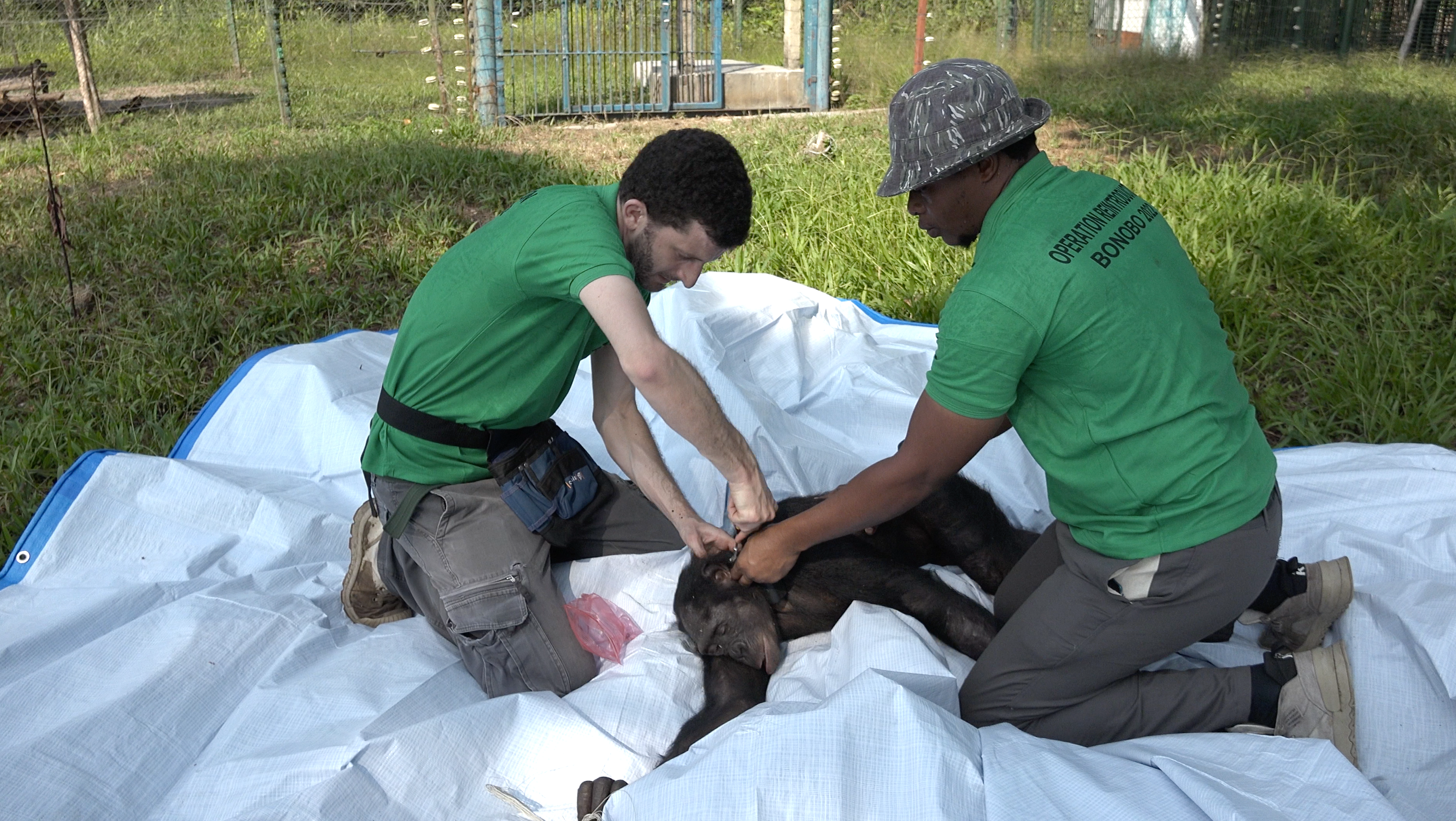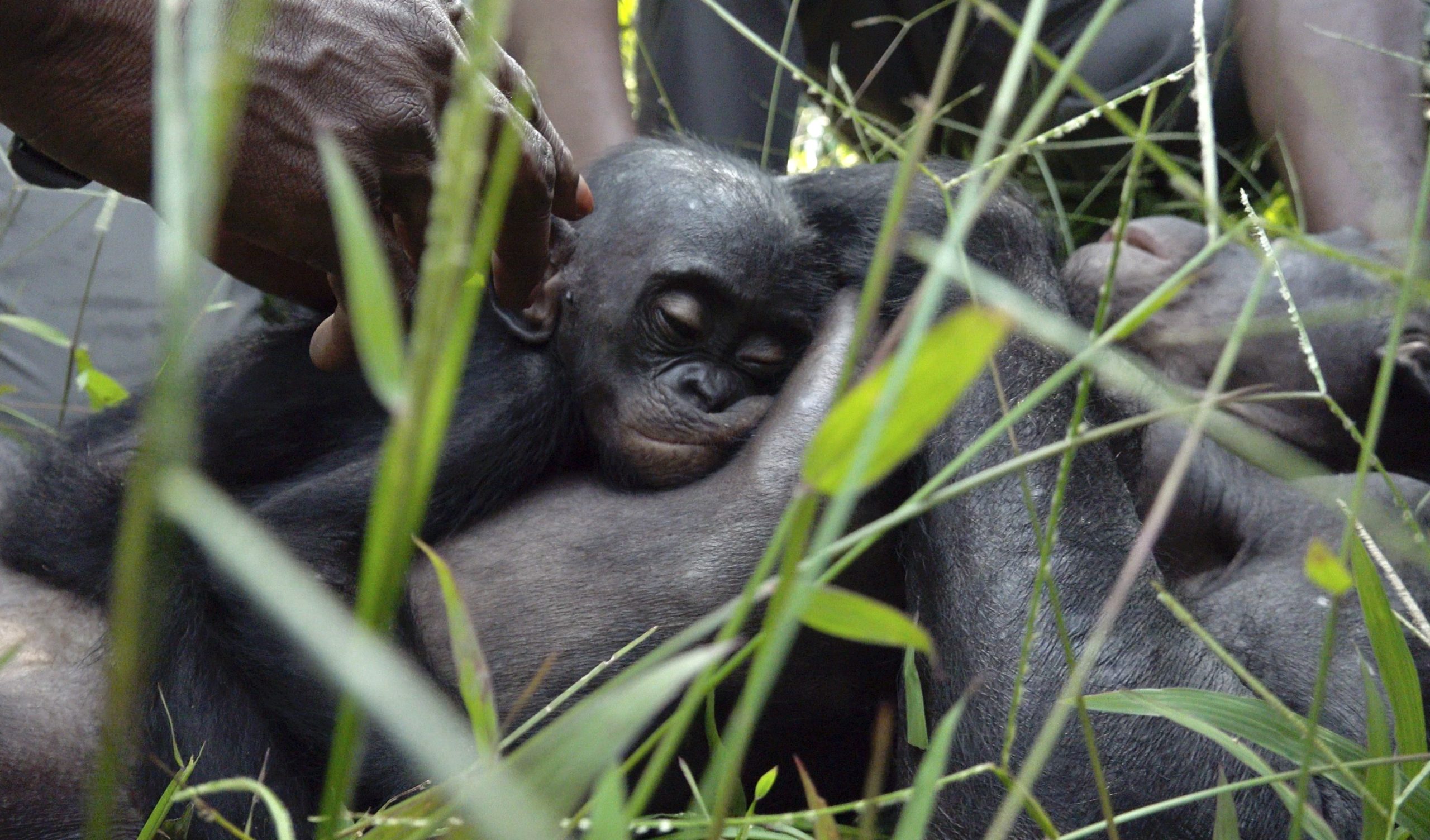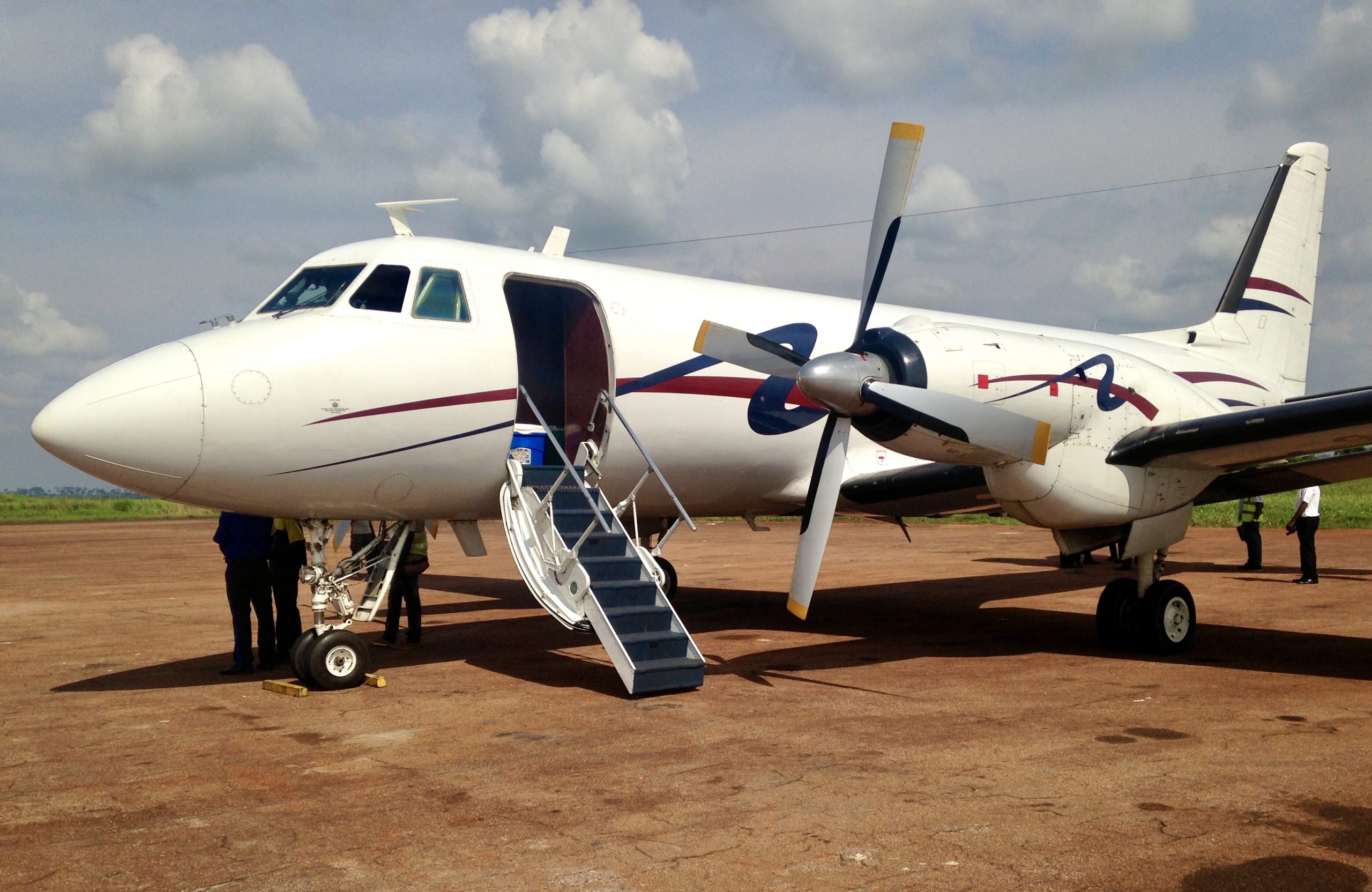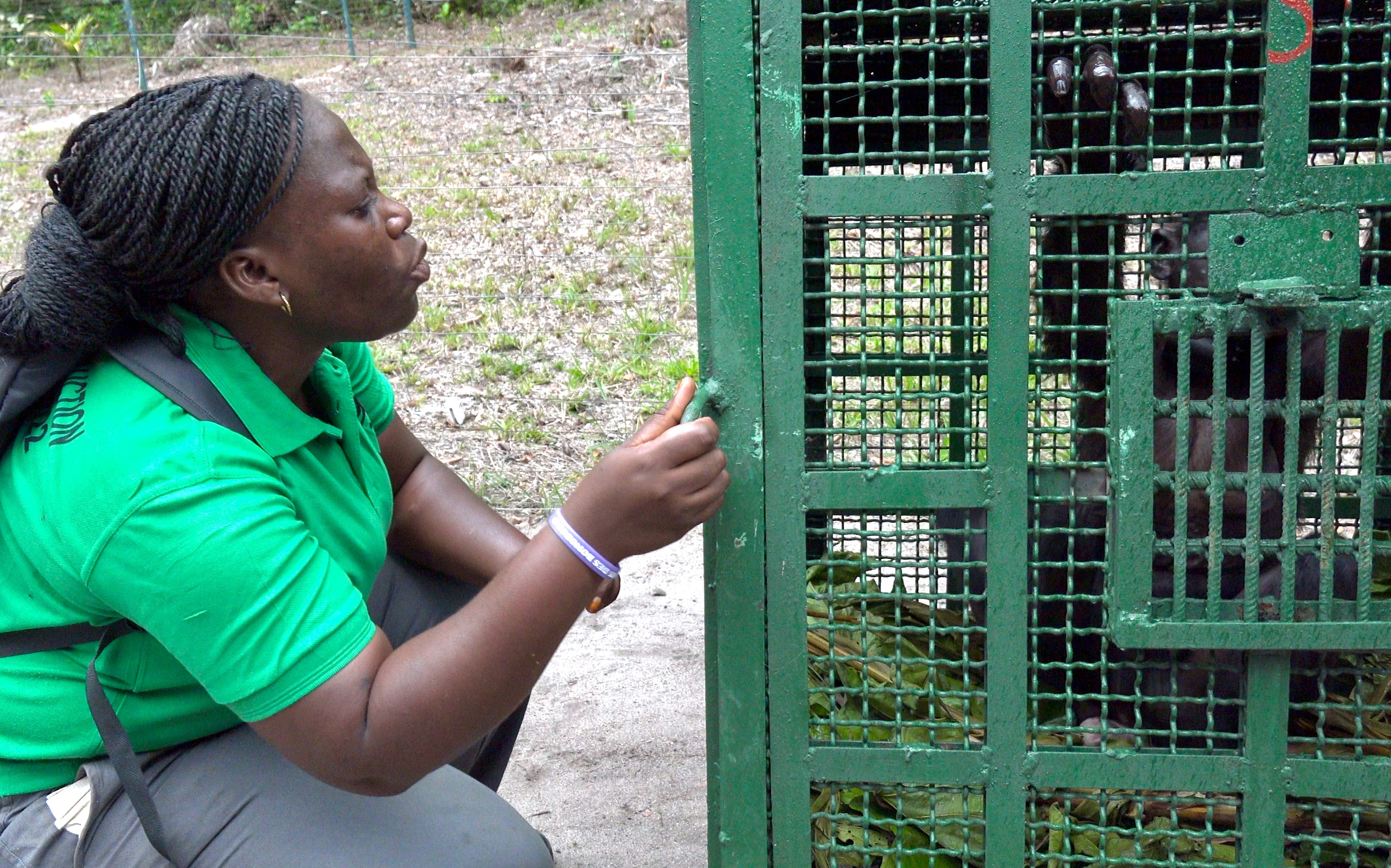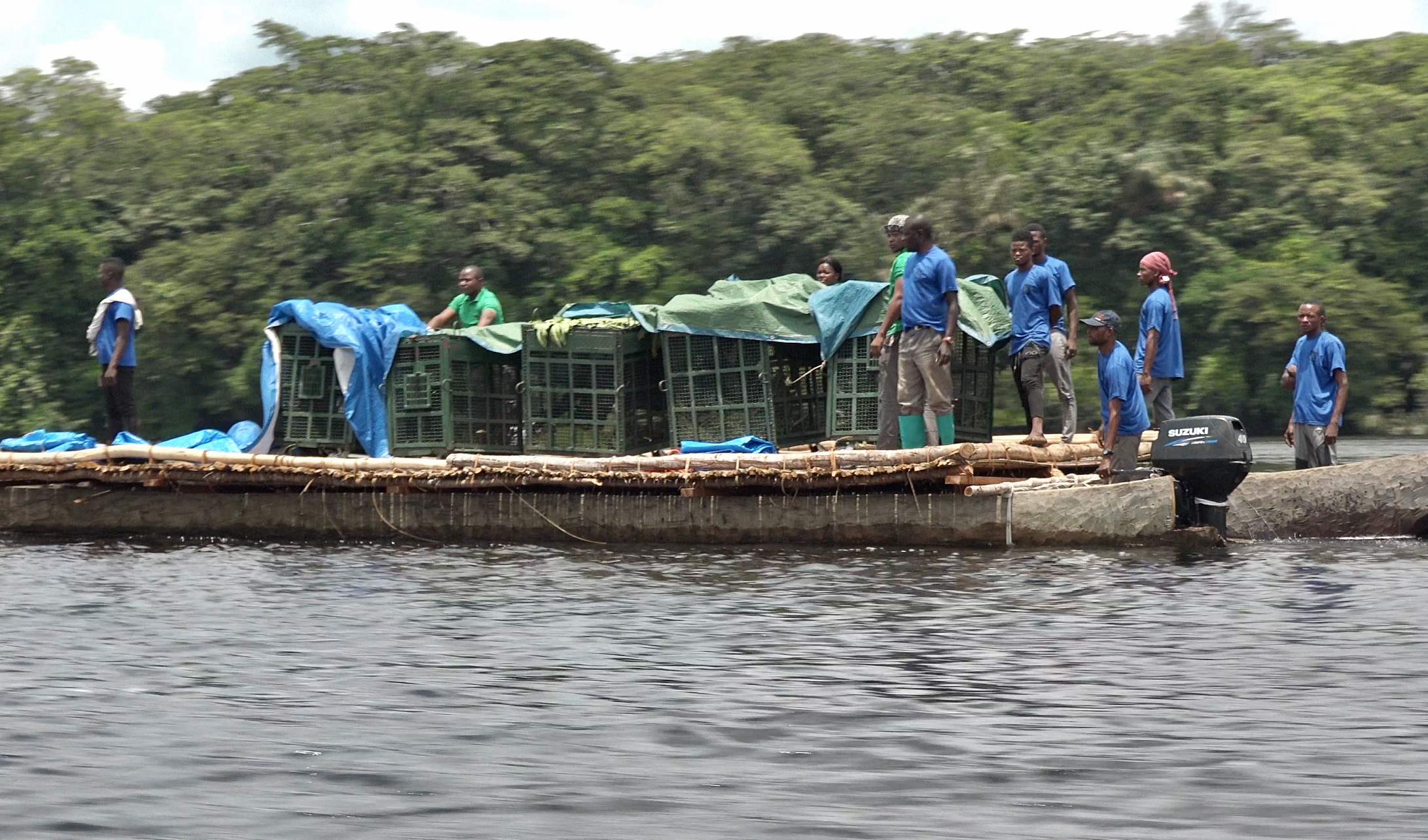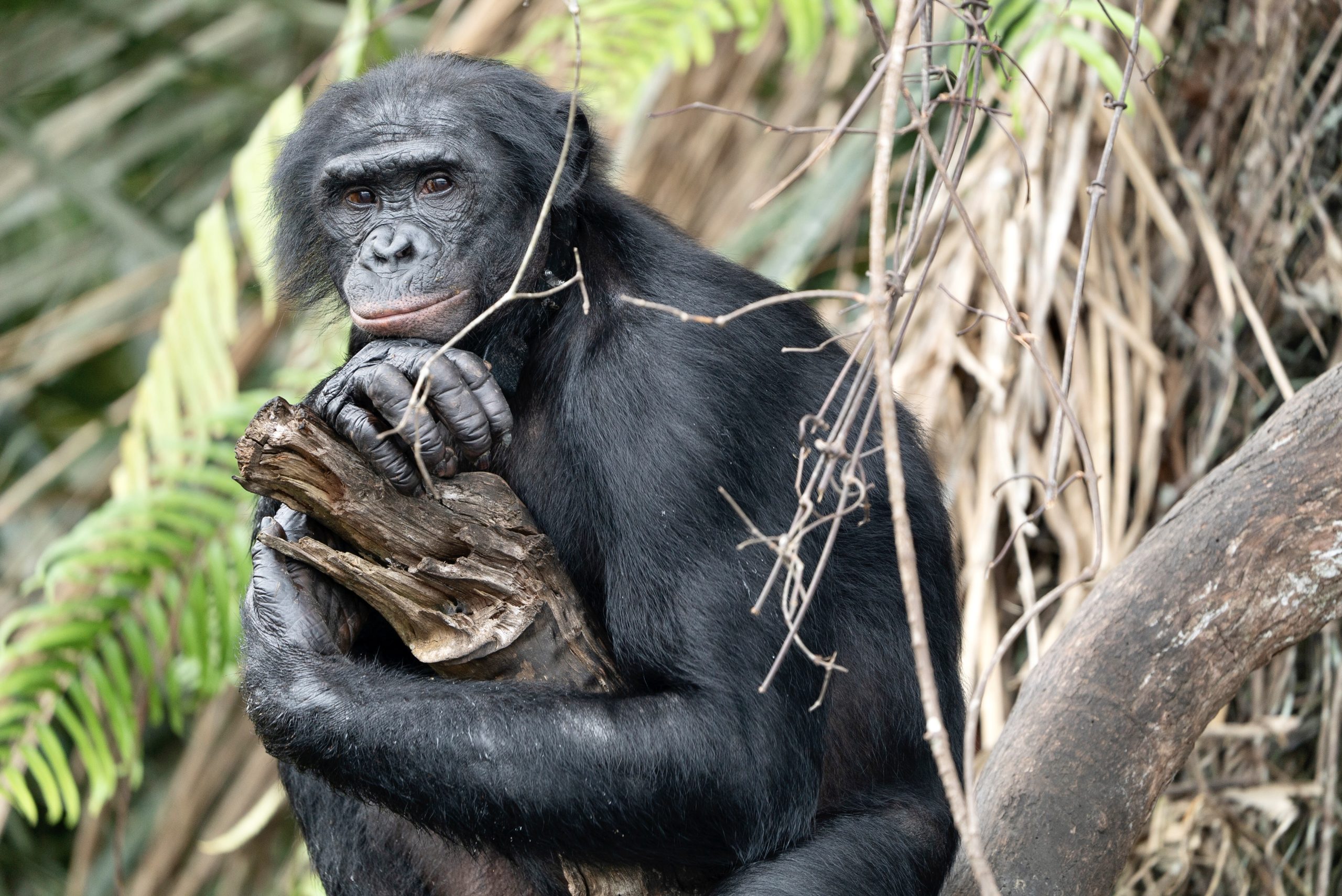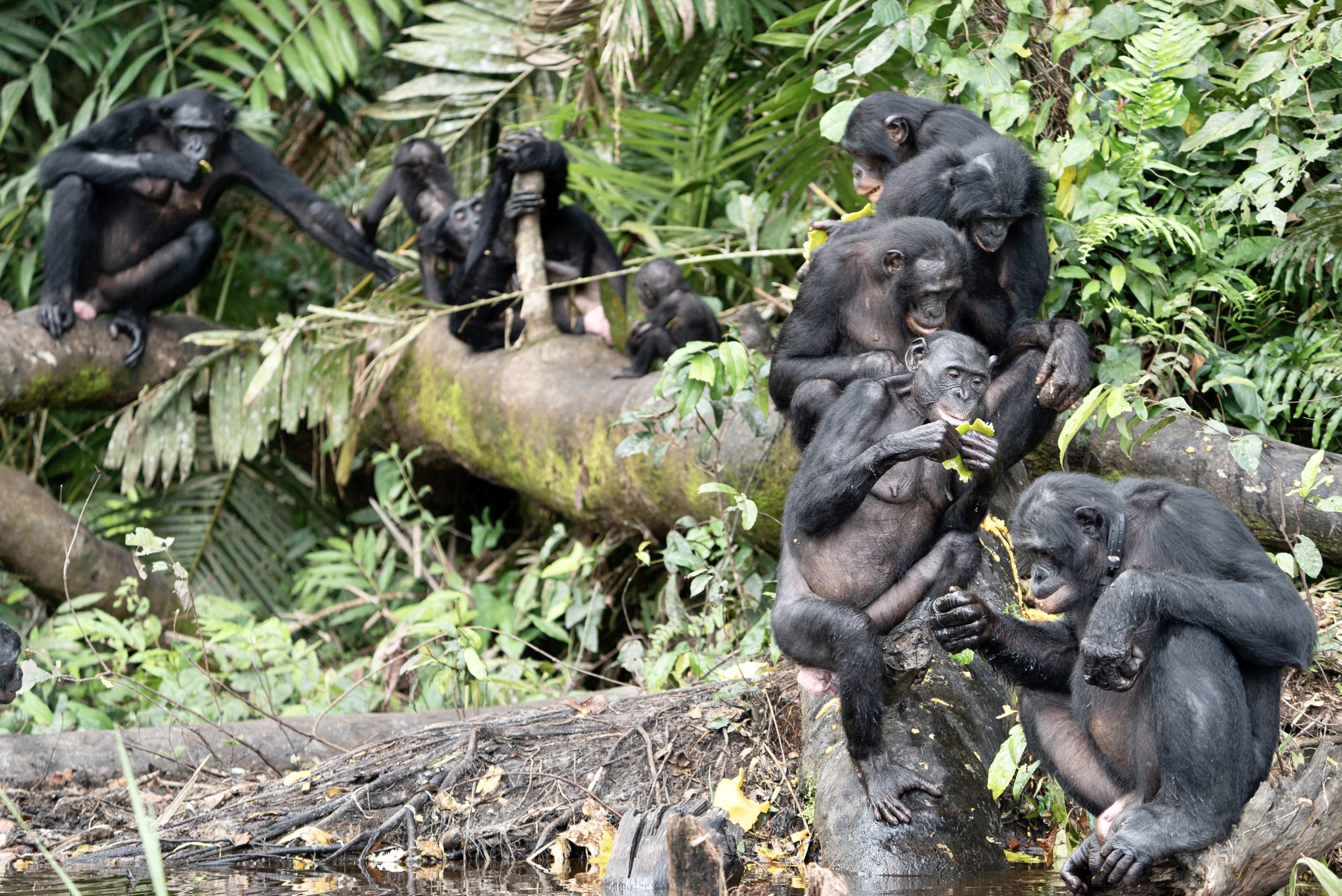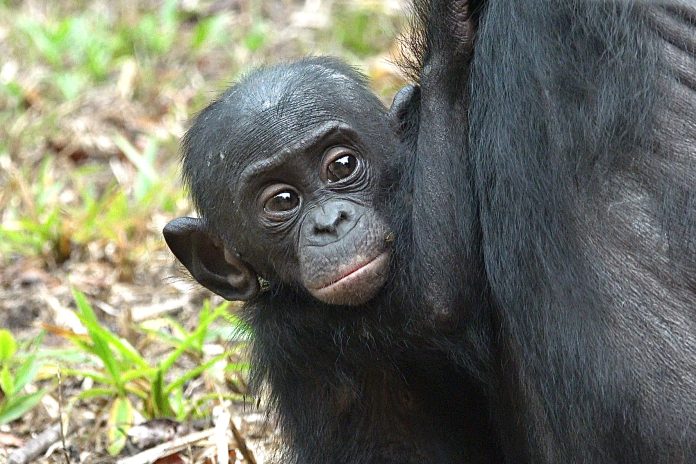
14 Rehabilitated Bonobos Are Returned To The Wild In The Congo; This Is The Second Time In History This Has Happened For The Endangered Species
You can help all animals and our planet by choosing compassion on your plate and in your glass. #GoVeg
RELATED ARTICLES
Victory! Great Britain Has Finally Banned The Live Export Of Farm Animals
The Animal Welfare (Livestock Exports) Bill, that will ban farmed animals from being exported from Great Britain for slaughter, has passed its final stage...
Judge Dismisses Felony Charges Against UC Berkeley Student Who Rescued Four Chickens From A Slaughterhouse
A Sonoma County judge dismissed multiple felony charges against UC Berkeley student Zoe Rosenberg, 21, who is being prosecuted for rescuing four chickens from...
The Most Endangered Species On Earth & The Race To Help Save Them From Extinction
The world is facing a crisis in biodiversity as a growing number of species are facing extinction. Among them, some are particularly at-risk of...
Popular stories
Breaking News
Elephant Unlawfully Shot Eight Times & Killed By A Trophy Hunter In South Africa
Tragic news as a male elephant was killed in a deeply distressing and horrific trophy hunt at a local game reserve on September 3rd...
South Korean President Suggests A Ban On Dog Meat, Giving Hope To A Possible End To The Country’s Horrific Trade
Photos By: Humane Society International
Animal activists from around the world are hopeful after South Korean President Moon Jae-in suggested that it might be time...
Breaking News
Animal Activists In China Save Hundreds Of Dogs & Cats From Drowning In The Country’s Disastrous Floods
Photos by: HSI
Global animal charity Humane Society International (HSI) has praised activists from its Chinese partner groups Vshine and CAWA as heroes after they...
